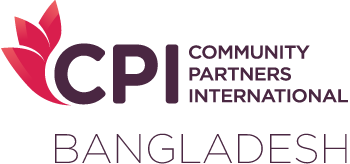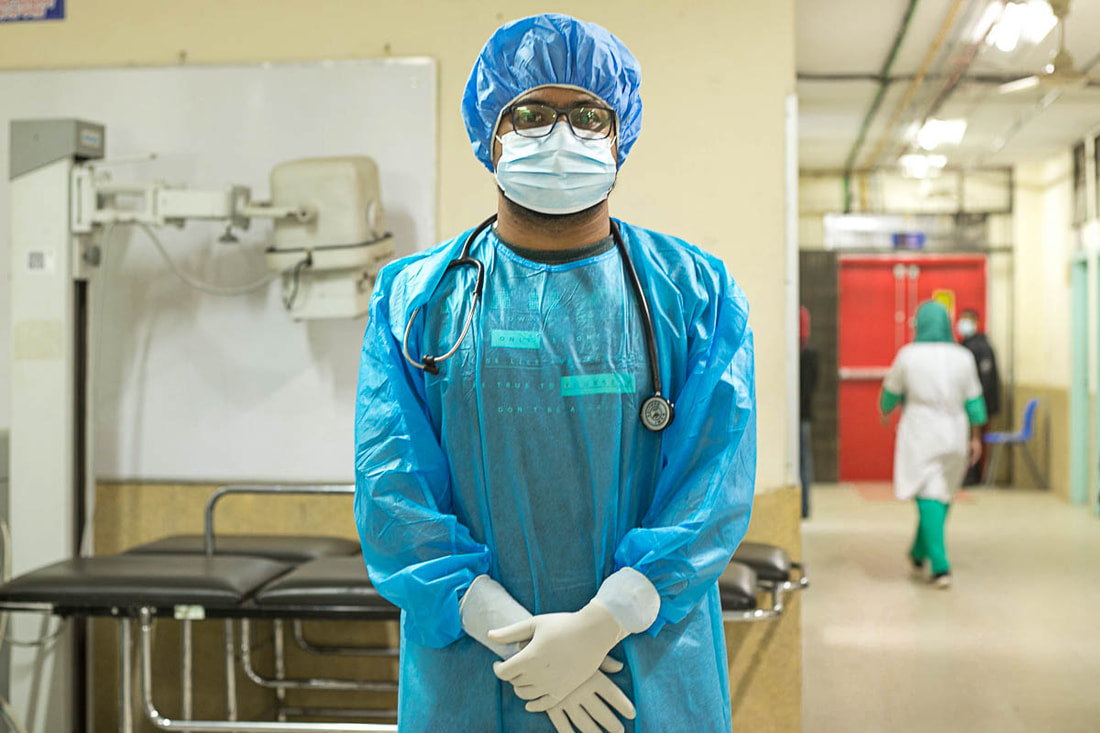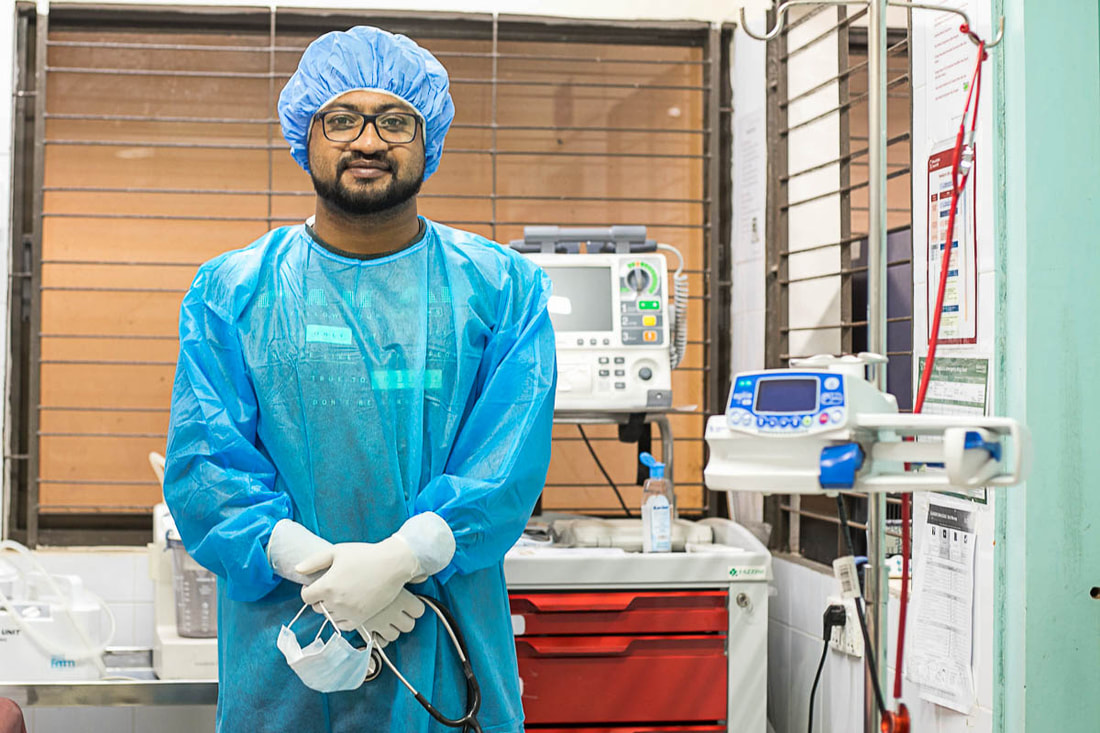|
When Dr. Ashim started working at the COVID-19 Isolation Unit at Sadar Hospital, Cox’s Bazar, in late 2020, Bangladesh was in the midst of a severe wave of COVID-19. “The pressure was very intense,” he explains. “We were overwhelmed with the number of patients. We had 20 beds but we were receiving more than 40 patients each day. We had to turn some patients away because we didn’t have enough space. The Emergency Department was also full.” Dr. Ashim arrived in Cox’s Bazar in late 2020 as a young doctor. Having graduated medical college in his hometown of Comilla, he first worked in the local hospital, spending a year in the Emergency Department and six months in Surgery. After relocating to Sadar Hospital in Cox’s Bazar, Dr. Ashim spent four months in the COVID-19 Isolation Unit before transfering to the Emergency Department in February 2021. Both facilities receive support from Community Partners International (CPI) and local partner Green Hill. “Early on in the pandemic, I didn’t tell my mom that I was working with COVID-19 patients for a few weeks because she would have worried about me,” he recalls. “I took an apartment just five minutes away from the hospital and I didn’t go home for four months.” In the last two months, Bangladesh has been dealing with a new wave of COVID-19 driven by the Omicron variant. “Every patient comes to the Emergency Department first whether they have COVID-19 symptoms or not,” Dr. Ashim explains “We then diagnose and treat accordingly. Most of the time the symptoms are not that serious. We give some medicines and send the patients home to self-isolate. If the patient’s condition is more serious, we refer them to the COVID-19 Isolation Unit.” The less severe nature of this latest wave of COVID-19 in Bangladesh means that Dr. Ashim and his colleagues have been able to sustain regular emergency care services. “Demand for the Emergency Department is always high,” he confirms. “Even when there’s not much COVID-19 around we still receive around 300-350 patients each day. We get every kind of situation here - accidents, attempted suicides, heart attacks, labor pain. Frequently, Dr. Ashim and his colleagues have to deal with difficult and tragic situations. “Every day is a challenge. Every shift can seem like a tragedy novel. Just today, a little boy died right in front of us. We try our best to save every life we can.”
“One time, a local woman and her three children were rushed into the Emergency Department. The mother had gotten into a fight with her family. She got upset, ate poison, and then fed poison to her three little children. The youngest was just 11 months old and was fed the most poison. I tried so hard to save this baby but they didn’t make it.” But their work can also be hugely rewarding. “Some time back, we received a newborn baby boy who wasn’t breathing,” Dr. Ashim recalls. “We were sure that the baby was dead. I performed CPR and tried for several minutes to find a heartbeat. Finally, I heard one. I gave him CPR for at least 30-40 minutes and at last he started breathing. It feels good when we can save patients in a serious condition.” “And just last week I went to the birthday party of another child who I treated. He was almost dead when he came into the Emergency Department but I was able to save him. His parents invited me to his birthday party and thanked me. It felt really good!” The experiences that Dr. Ashim has gained at the Emergency Department during the pandemic have been formative. “This hospital follows a structured system that has proven very effective. When it comes to emergency care and COVID-19 treatment, it’s considered to be a model hospital despite limited resources. We developed a triage system for patient classification and, recently, the Ministry of Health adopted this approach for all similar hospitals. I am proud to be a part of this place.” Comments are closed.
|
AuthorCPI Admin Archives
August 2023
Categories
All
|



 RSS Feed
RSS Feed